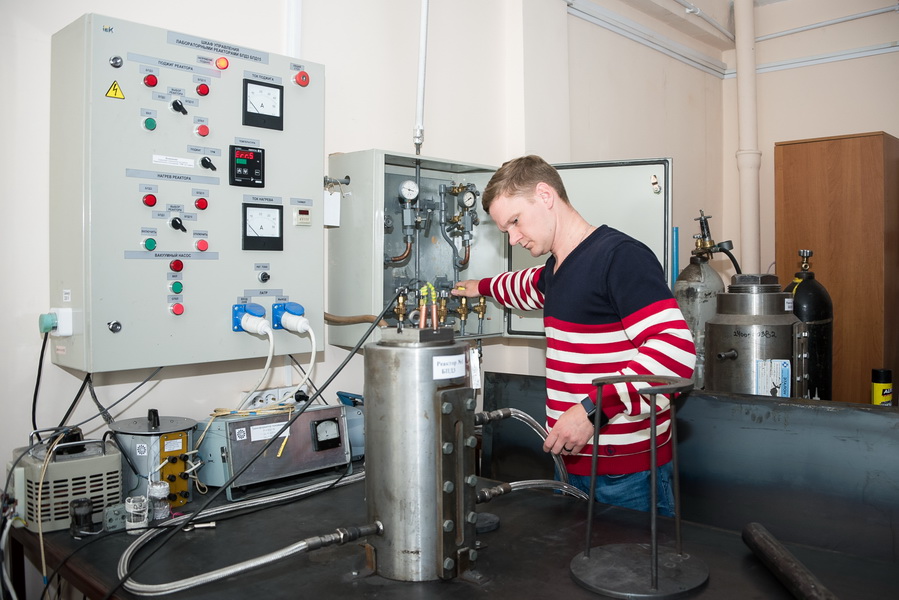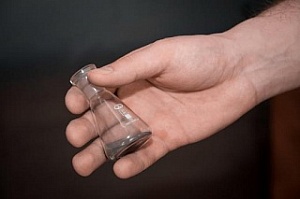The staff of the High-Energy System and New Technologies Research Laboratory of the Research Institute of Applied Mathematics and Mechanics, TSU, has begun a state task for the implementation of the TechNet National Technology Initiative. For two years, scientists will work on creating new composite materials whose operating temperature will be above 1400 ° C. At the same time, their task is additionally to adapt these materials for additive technologies, that is, to make them suitable for 3D printers.
- One of the most heat-resistant alloys is nickel alloys. Now they can withstand an operating temperature of about 1100 ° C, - explains Vladimir Promakhov, one of the project participants, a senior research fellow at the Laboratory of High-Energy Systems and New Technologies. - In order to increase their temperature properties, we introduce a refractory component into the metal matrix - ceramic particles. And if you modify the material and use intermetallic compounds instead of metal, you can achieve the heat resistance of new alloys at up to 1400 ° C.
The task of scientists will be to develop a technology for synthesizing new heat-resistant materials based on original metal-ceramic compositions. According to the technological barrier, they must have a density of less than 6 g/cc and an operating temperature of above 1400 ° C.

The Laboratory scientists specialize in synthesizing metal-ceramic composite materials with an intermetallic and metal matrix and a high content of fine-grained inclusions of grains of refractory material (ceramics). TSU conducts active research on a method that provides low-tonnage production volumes and develops unique ceramic metal compositions of the compositions Al3Ti-TiB2, NiCr-TiN, Ti3Al-TiB2, Ni-TiB2, Fe-TiB2, NiCr-TiB2, NiTi-TiB2, and others.

